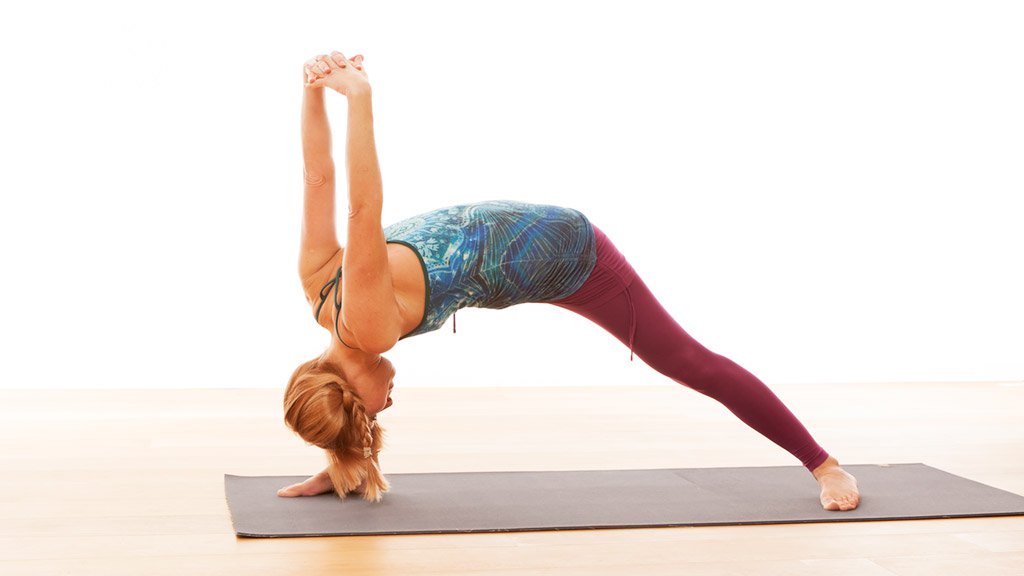Many of us, when we first come to yoga, perhaps think of the idea of “skill in action” in the context of our practice of yoga postures on our mats. We interpret skill in a way akin to skill in sports: our ability to do the postures. However the term “yoga is skill in action” comes from the Bhagavad Gita, and yoga of the Bhagavad Gita makes no mention of the practice of postures…
The term “yoga is skill in action” comes from the Bhagavad Gita, and yoga of the Bhagavad Gita makes no mention of the practice of postures…
Yoga in life
The Bhagavad Gita is a text of great depth that can be viewed from many perspectives and one of the most prevalent is that it presents yoga for the ‘householder’.
From this perspective, yoga is a set of skills for all of us as we go out and about in the world doing our thing and facing our challenges: challenges at work, in our home lives, in our relationships, when we are alone with our worries and fears. In short, the Bhagavad Gita presents a yoga that informs our everyday attitudes and actions wherever we are and whatever we are doing.
Yoga is a set of skills for all of us as we go out and about in the world facing our challenges – at work, at home, in our relationships, when we are alone with our worries and fears.
When it comes to our everyday attitudes and actions there are three common patterns – patterns that are most definitely not skilful! – that we all find ourselves entangled in from time to time:
- We act from how we want things to be, rather than how they are – we let our attachments and our desires get in the way of how we see things and we act from a distorted view of the situation we find ourselves in.
- We focus on the results of our actions – we have been culturally programmed to associate our success with getting the outcomes we aim for and our enjoyment comes from the results rather than the process.
- We find it difficult to accept when things don’t pan out the way we envisage – we consider this as failure with all its negative connotations and we look around for someone to blame, or perhaps more commonly – we engage in a bout of self-flagellation.
Loosening the hold
The yoga of the Bhagavad Gita offers us a method to loosen ourselves from these patterns and to grow our ability in “skill in action”. The Bhagavad Gita breaks yoga down into three parts:
1. Jnana Yoga or the yoga of wisdom: growing our ability to see things as they are and to discriminate between what is real and what is not real.
2. Karma Yoga or the yoga of selfless service: growing our ability to go about and do our thing purely for the sake and joy of doing it and without getting attached to the outcomes.
3. Bhakti Yoga or the yoga of surrender: growing our ability to accept what comes and to surrender to the larger flow of things.
Embodying yoga
Whilst the Bhagavad Gita makes no mention of the practice of postures, our modern practice of yoga on our mats provides an excellent training ground for growing our ability in these three parts to yoga. Because our practice does bring its challenges, each and every time we roll out our mats! In our practice time, we bring our attention inside, we take a close look at what we are doing and how we are being on our mat, and we start to explore the choices we have in attitude and action from moment to moment.
As we become more adept in the yoga of the Bhagavad Gita we start to embody “skill in action” in deeply empowering ways. We start to face up to our challenges in a way that is effective, responsive and compassionate.
We start to act from how things are as our vision gets clearer and less clouded by our attachments and desires…
Or in other words: we start to act from how things are as our vision gets clearer and less clouded by our attachments and desires; we start to respond to situations as they unfold rather than holding on to our preconceived fixed outcomes, and we show compassion for ourselves and for others whatever comes. This embodiment of “skill in action” is one of the precious fruits of yoga.
EkhartYoga members
For a more detailed exploration of the topic above you can watch David Dodd’s talk: Skill in Action.
I explore effectiveness, compassion and responsiveness as skill in action and in the context of our yoga on our mats.

